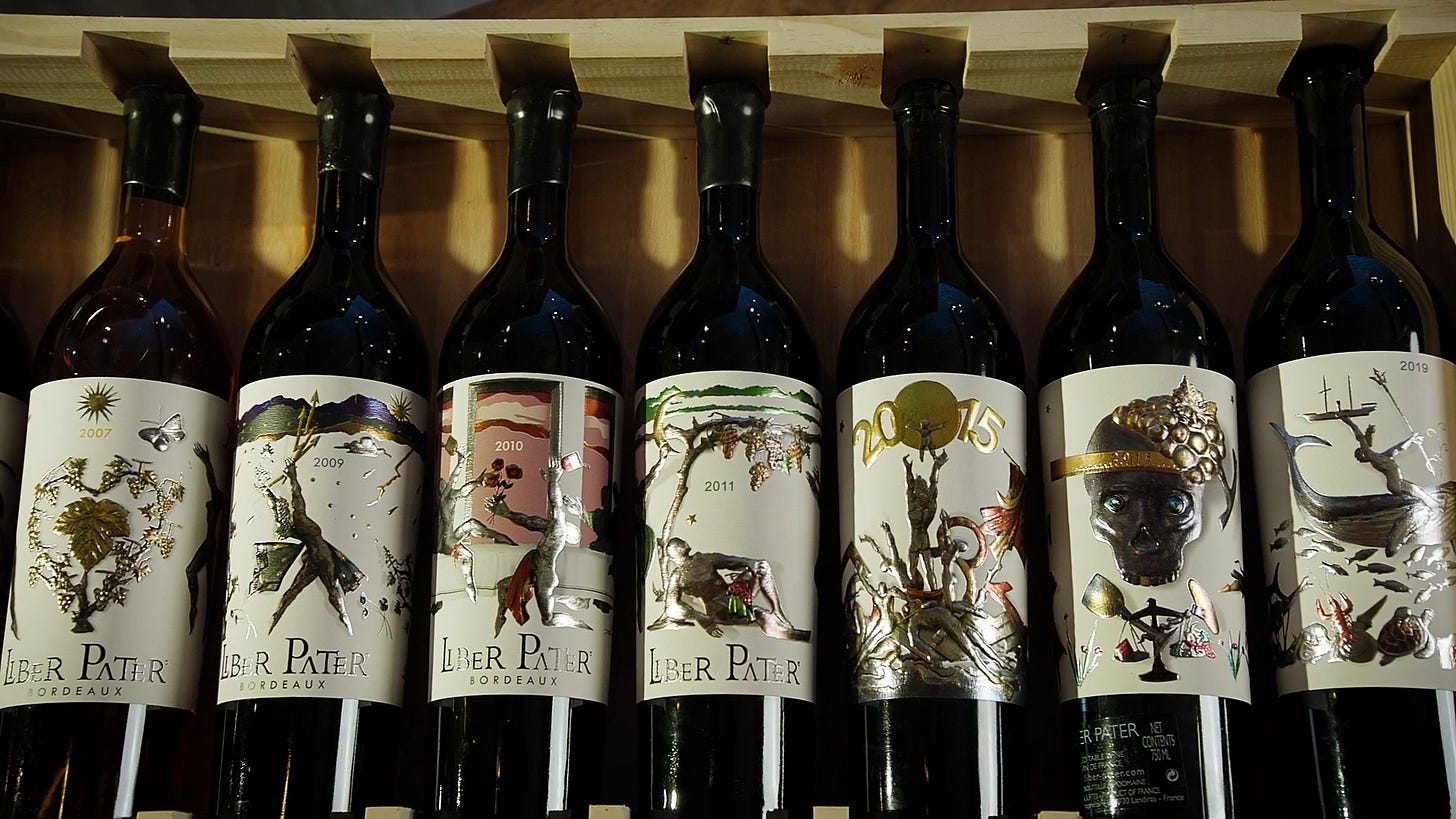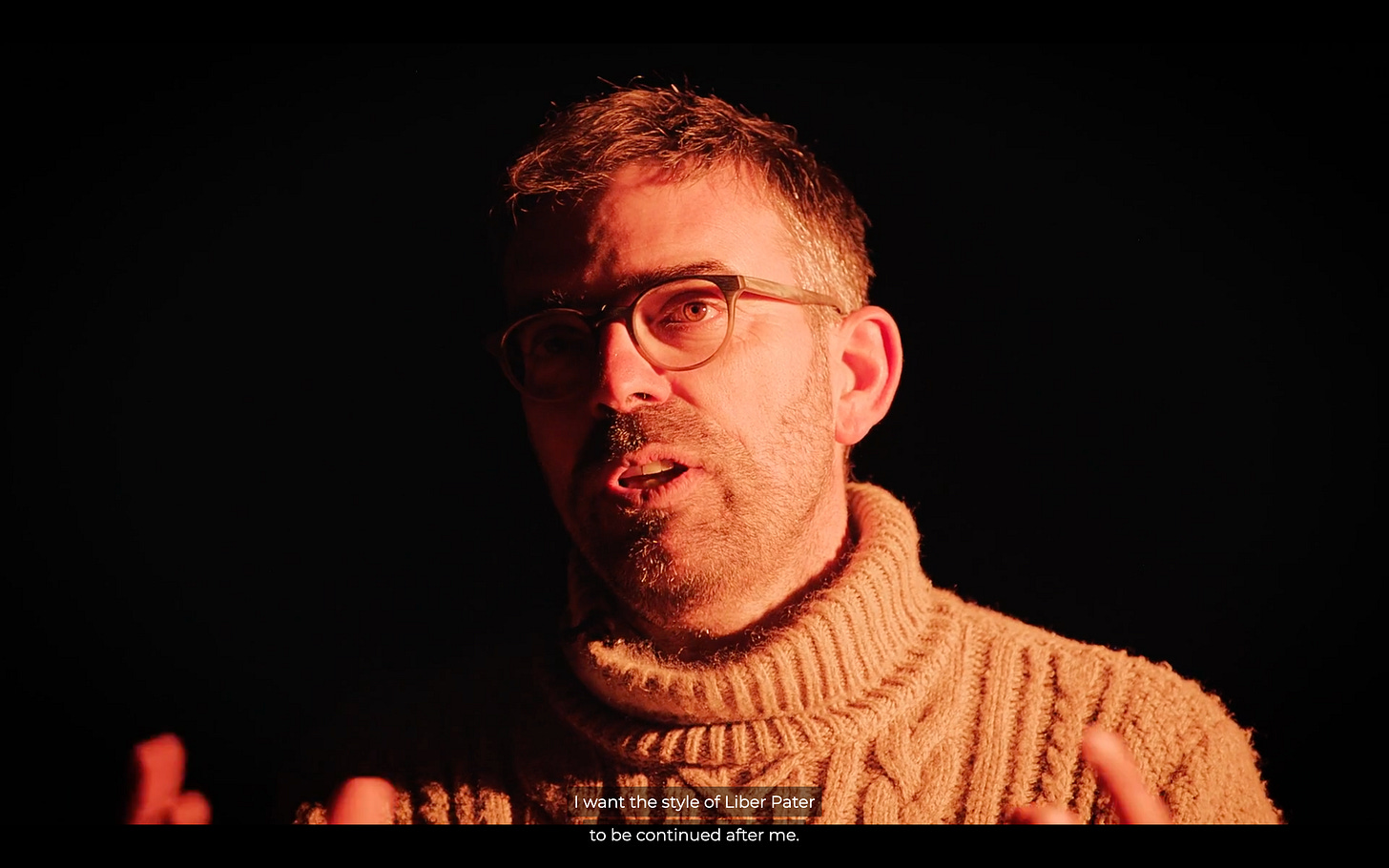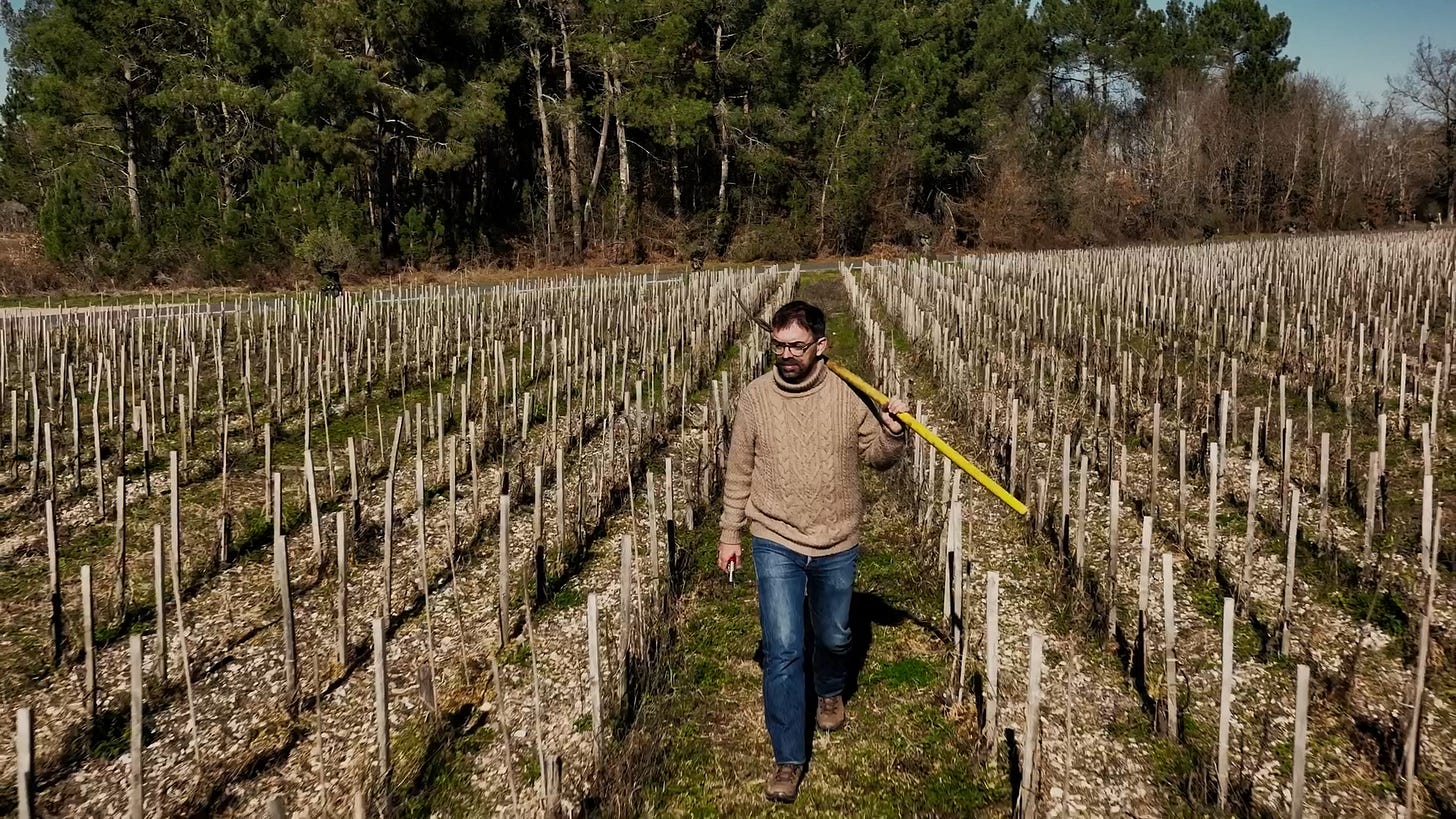The World's Most Expensive Wine?
A new film makes this claim - and it's not the wine you're thinking of
If asked to think of the most expensive wine in the world, what comes to mind? You might think of a Napa wine like Screaming Eagle or a first growth Bordeaux (Margaux, Latour, Lafite Rothschild, Mouton Rothschild and Haut-Brion). Or, you might say DRC, as in Domaine de la Romanée-Conti in Burgundy, Penfold’s Grange, Chateau d’Yquem Sauternes or maybe a top Barolo.
The answer, according to the new documentary by filmmaker Klaas de Jong, “The Most Expensive Wine in the World,” is Liber Pater, a Bordeaux wine made by Loïc Pasquet. Never heard of it? Perhaps the steep price tag of €30,000 per bottle has something to do with it. What?!
To compare, several wine publications point to fine wine trading platform Live-Ex listing DRC’s Romanée-Conti Grand Cru, with a case value of €274,000 (€22,833/bottle) for 2023.
Liber Pater winemaker Loïc Pasquet, from the movie The Most Expensive Wine in the World.
Pasquet is on a mission, as he says, to save the taste of Bordeaux. His definition of that taste is pre-phylloxera era wines (1860-1880) that were grown on their own rootstocks, and not grafted onto the phylloxera-resistant American rootstocks that most of the vines in Bordeaux are now planted with. He reasons that you can’t possibly have the same aromas, flavors and characteristic that defined the wines of the Napoleonic-era 1855 Classification that established the first, second, third growths, etc. in the Bordeaux Médoc region.
Loïc Pasquet in his vineyard (credit: The Most Expensive Wine in the World movie)
To create the Liber Pater wines, Pasquet planted own-rooted vines in the Médoc’s Graves region, but Liber Pater wines fall outside of the AOC Graves requirements because Pasquet goes against Bordeaux rules governing viticulture and winemaking methods. He employs high density vine plantings, ungrafted vines, varieties not officially recognized and makes his wines in clay amphora instead of oak barrels. For his efforts, Pasquet’s vineyard has been sabotaged and he was jailed for six months by the local court and France’s INAO (Institut National de l'Origine et de la Qualité/National Institute of Origin and Quality).
Noted wine authority and Inside Bordeaux author Jane Anson in the movie says Liber Pater is the most controversial Bordeaux wine in her book. She calls Pasquet crazy, a genius, a trailblazer and gamechanger.
Pasquet does have his supporters, and in the film they express concerns that the 1855 Classification holds the Bordeaux region back and could lead to its demise. Pasquet is also president of the Francs de Pied Association, whose goal is to bring together producers planting ungrafted native varieties and honoring wine heritage.
Did you happen to notice the Liber Pater labels? They were created by contemporary French artist Gerard Puvis, who crafts sculptures and prints from wine bottle neck foils. In one of the movie scenes, Pasquet walks along a wall of original Purvis works, on display at his winery.
What do you think? Is Pasquet bucking the rules just to be a rebel, or is he on a noble (or quixotic) mission? What do you think of a wine that sells for $30,000 a botte, a wine that I and most wine lovers will probably never get to experience? I’d love to know your thoughts and reactions to the movie and Pasquet’s quest.
Watch the trailer (free), as well as the movie (for a fee) on WineMasters.TV.








Good marketing not good winemaking. Eastern Washington has been growing Cabernet Sauvignon on its own roots for at least 50 years. I just recently planted Cabernet on American rootstock in the Red Mtn. AVA. If you ask me, Cabernet grown on 1616C is way better than Cabernet grown on its own roots. Doug Fletcher